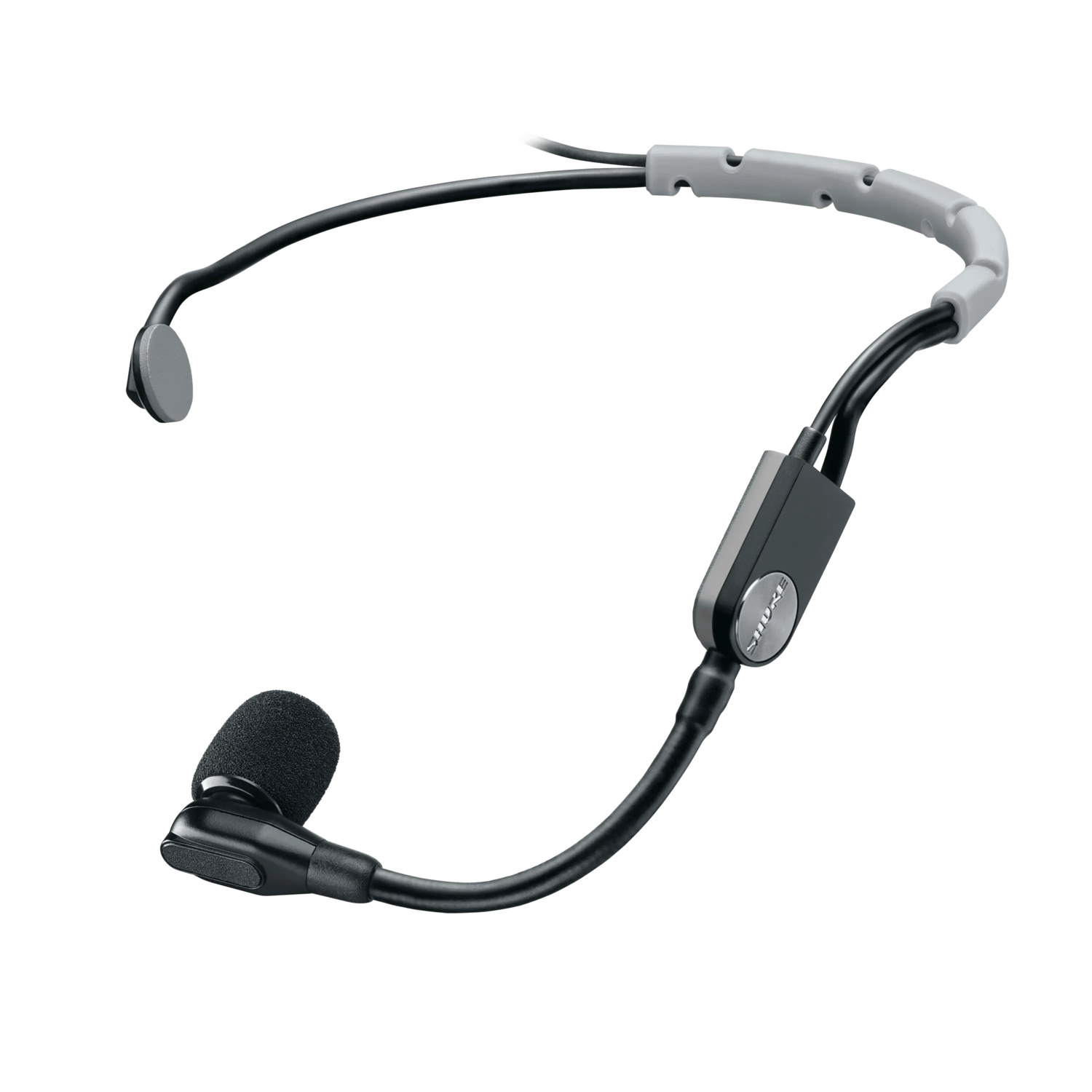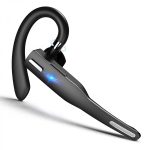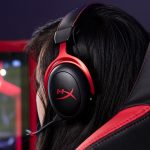Introduction: Harnessing the Power of Headset Microphones
In today’s interconnected world, effective communication is essential, whether you’re participating in virtual meetings, gaming with friends, or recording podcasts. A headset microphone can be a valuable tool for ensuring clear and crisp audio transmission. In this comprehensive guide, we’ll explore various tips and techniques for maximizing the effectiveness of your headset microphone to optimize communication in any situation.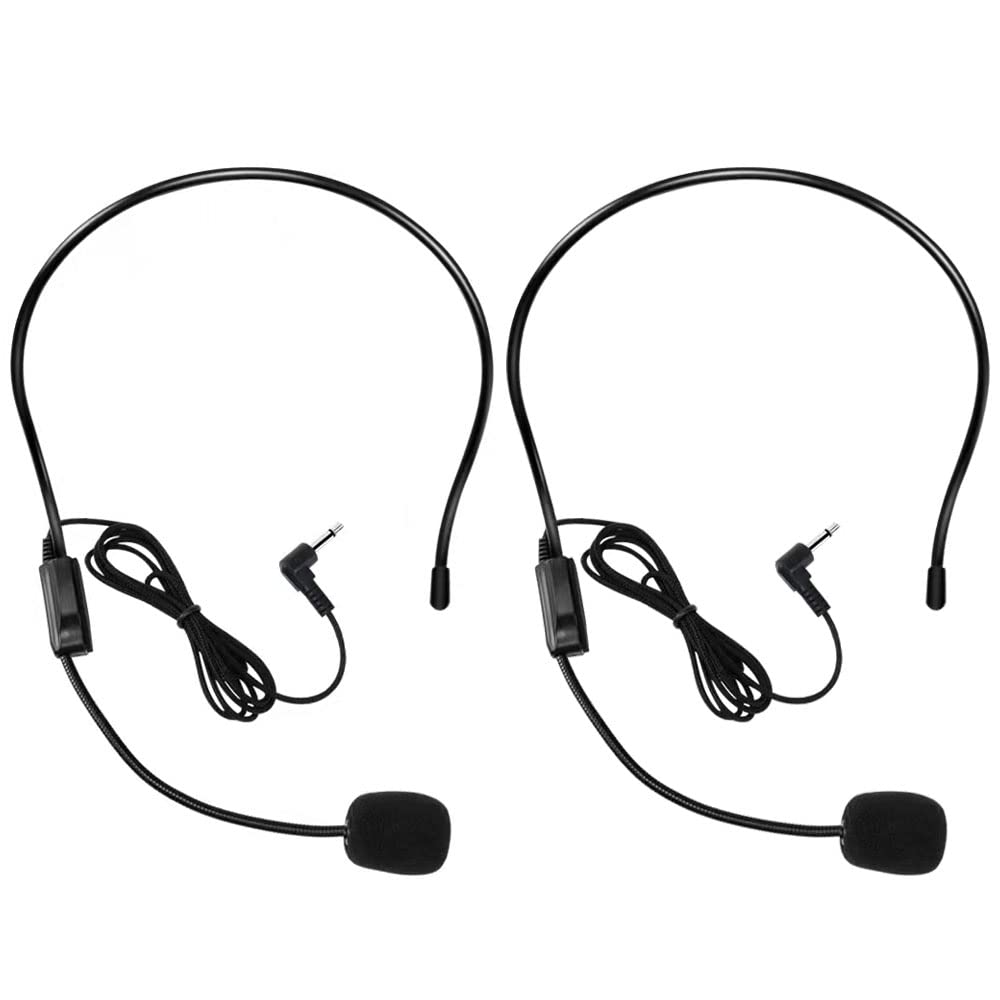
Understanding Your Equipment: Types of Headset Microphones
Before diving into tips for using a headset microphone effectively, it’s important to understand the different types available:
- Boom Microphones: These are attached to a flexible arm (or boom) that extends from the headset to position the microphone close to the user’s mouth. Boom microphones offer excellent sound quality and noise isolation.
- Inline Microphones: These are built directly into the cable of the headset, typically located near the earpiece. While convenient, inline microphones may not offer the same level of audio quality or noise cancellation as boom microphones.
- Wireless Microphones: These operate without a physical connection to the device, allowing for greater freedom of movement. Wireless headset microphones utilize Bluetooth or other wireless technologies for connectivity.
Positioning Your Microphone: Achieving Optimal Sound Quality
Proper positioning of your headset microphone is crucial for capturing clear and intelligible audio. Follow these guidelines for optimal microphone placement:
- Positioning for Boom Microphones: Adjust the boom arm so that the microphone is positioned approximately 1-2 inches away from your mouth. This ensures that your voice is captured clearly while minimizing background noise.
- Avoiding Obstructions: Ensure that nothing is obstructing the microphone, such as clothing or hair. Position the microphone in front of your mouth, slightly off to the side, to prevent breath noises from being picked up.
- Maintaining Consistency: Once you’ve found the optimal positioning for your microphone, try to maintain consistency in its placement to ensure consistent sound quality across recordings or calls.
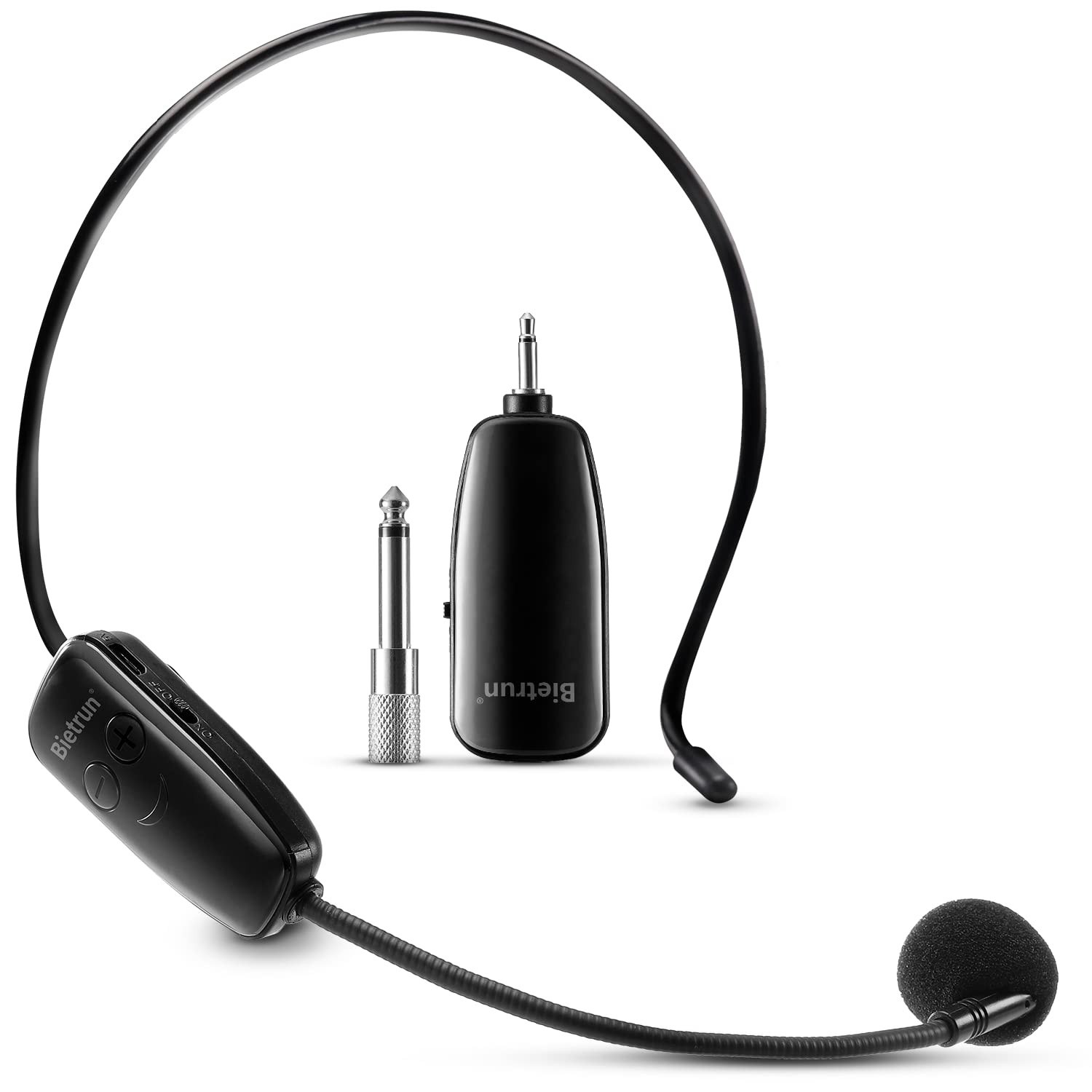
Adjusting Settings: Optimizing Audio Levels and Quality
In addition to proper positioning, adjusting the settings on your device can further enhance the performance of your headset microphone:
- Volume Levels: Adjust the input volume or microphone sensitivity settings on your device to ensure that your voice is neither too loud nor too soft. Aim for a moderate volume level that allows for clear and natural-sounding audio.
- Noise Cancellation: Many headset microphones come with built-in noise cancellation features to minimize background noise and enhance voice clarity. Enable noise cancellation settings on your device or through accompanying software for optimal results.
- Equalization (EQ): Experiment with equalization settings to fine-tune the tonal balance of your voice. Boosting or attenuating specific frequency ranges can help optimize clarity and intelligibility, particularly in challenging acoustic environments.
Microphone Hygiene: Maintaining Cleanliness for Longevity
Proper maintenance and hygiene are essential for prolonging the lifespan of your headset microphone and ensuring optimal performance:
- Regular Cleaning: Wipe down the microphone boom and earpieces with a soft cloth dampened with mild soap and water to remove dirt, oil, and debris. Avoid using harsh chemicals or abrasive cleaners that could damage the microphone.
- Replaceable Windscreen: If your headset microphone includes a detachable windscreen or foam cover, periodically remove and clean it to prevent the buildup of saliva, dust, and other contaminants.
- Storage and Protection: When not in use, store your headset microphone in a clean, dry environment away from excessive heat, moisture, or dust. Consider investing in a protective case or pouch to prevent damage during transportation.
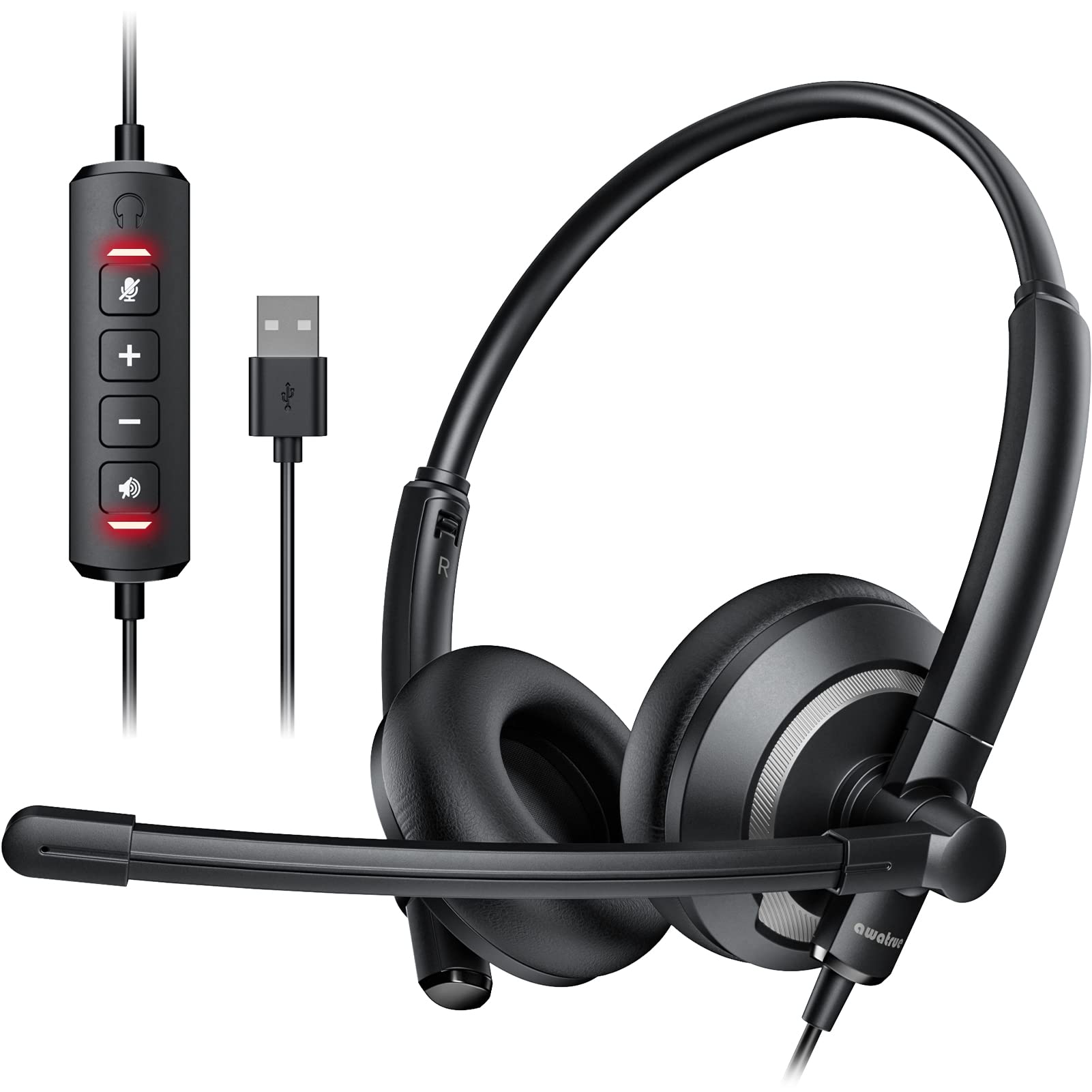
Optimizing Performance for Specific Applications
Depending on your intended use, there are additional considerations for optimizing the performance of your headset microphone:
- Gaming: Adjust microphone settings in gaming software to prioritize voice chat over background noise and game audio. Consider using push-to-talk functionality to minimize interruptions during gameplay.
- Virtual Meetings: Position the microphone close to your mouth and speak clearly and concisely to ensure that your voice is picked up clearly by remote participants. Test your microphone and audio settings before joining important meetings to avoid technical issues.
- Podcasting and Recording: Invest in a high-quality headset microphone with studio-grade audio capabilities for professional podcasting or recording applications. Experiment with microphone placement and audio processing techniques to achieve the desired sound signature.
Troubleshooting Common Issues: Addressing Audio Problems
Even with proper setup and maintenance, you may encounter occasional audio issues with your headset microphone. Here are some common problems and troubleshooting steps:
- Low Volume or Muffled Sound: If your voice sounds faint or muffled, check the microphone positioning to ensure it’s close enough to your mouth. Additionally, inspect the microphone for any obstructions or debris that could be affecting sound quality.
- Background Noise or Static: Background noise or static interference can detract from the clarity of your voice. Try adjusting the microphone sensitivity settings to minimize background noise, and ensure that the microphone cable is securely connected to the device to reduce static interference.
- Echo or Feedback: Echo or feedback issues may occur if the microphone is picking up sound from the speakers or other audio sources. To resolve this, reduce the volume of the speakers or use headphones to prevent audio feedback loops.
- Intermittent Connectivity: If your wireless headset microphone is experiencing intermittent connectivity issues, ensure that the battery is fully charged and that the headset is within range of the receiver. Consider resetting the connection or updating the device firmware to resolve connectivity issues.
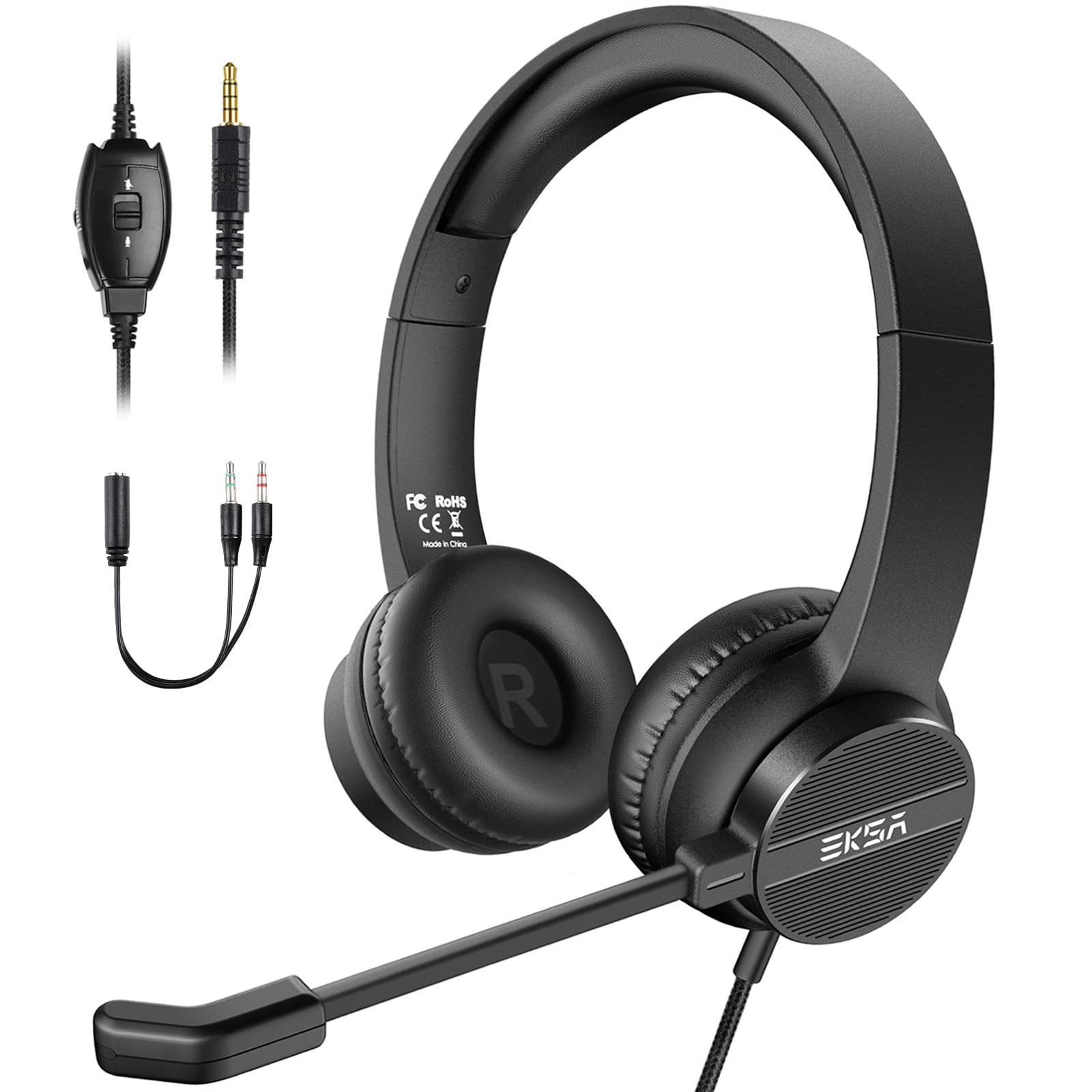
Customizing Your Setup: Enhancing Comfort and Convenience
In addition to optimizing audio performance, customizing your headset microphone setup can enhance comfort and convenience during use:
- Adjustable Headband: Choose a headset with an adjustable headband to ensure a comfortable and secure fit, especially during extended use. Look for padded ear cushions and lightweight materials for added comfort.
- Detachable Microphone: Some headset models feature a detachable microphone, allowing you to remove it when not needed or swap it out for a different microphone type. This flexibility can be useful for gaming, streaming, or recording applications.
- Inline Controls: Opt for a headset with inline controls for quick and easy adjustment of volume, mute, and other audio settings. This feature allows you to make adjustments without interrupting your activities or gameplay.
- Compatibility with Accessories: Consider compatibility with accessories such as pop filters, microphone stands, or boom extensions to further customize your setup and optimize audio performance for specific applications.

Conclusion: Unlocking the Full Potential of Your Headset Microphone
In conclusion, a headset microphone is a versatile tool for optimizing communication in various contexts, from virtual meetings to gaming sessions and podcast recording. By understanding the different types of headset microphones available, mastering proper positioning and adjustment settings, maintaining hygiene and cleanliness, and optimizing performance for specific applications, you can unlock the full potential of your headset microphone and enjoy clear and crisp audio transmission in any situation. Whether you’re a professional communicator or a casual user, incorporating these tips and techniques will elevate your communication experience and ensure that your voice is heard loud and clear.
